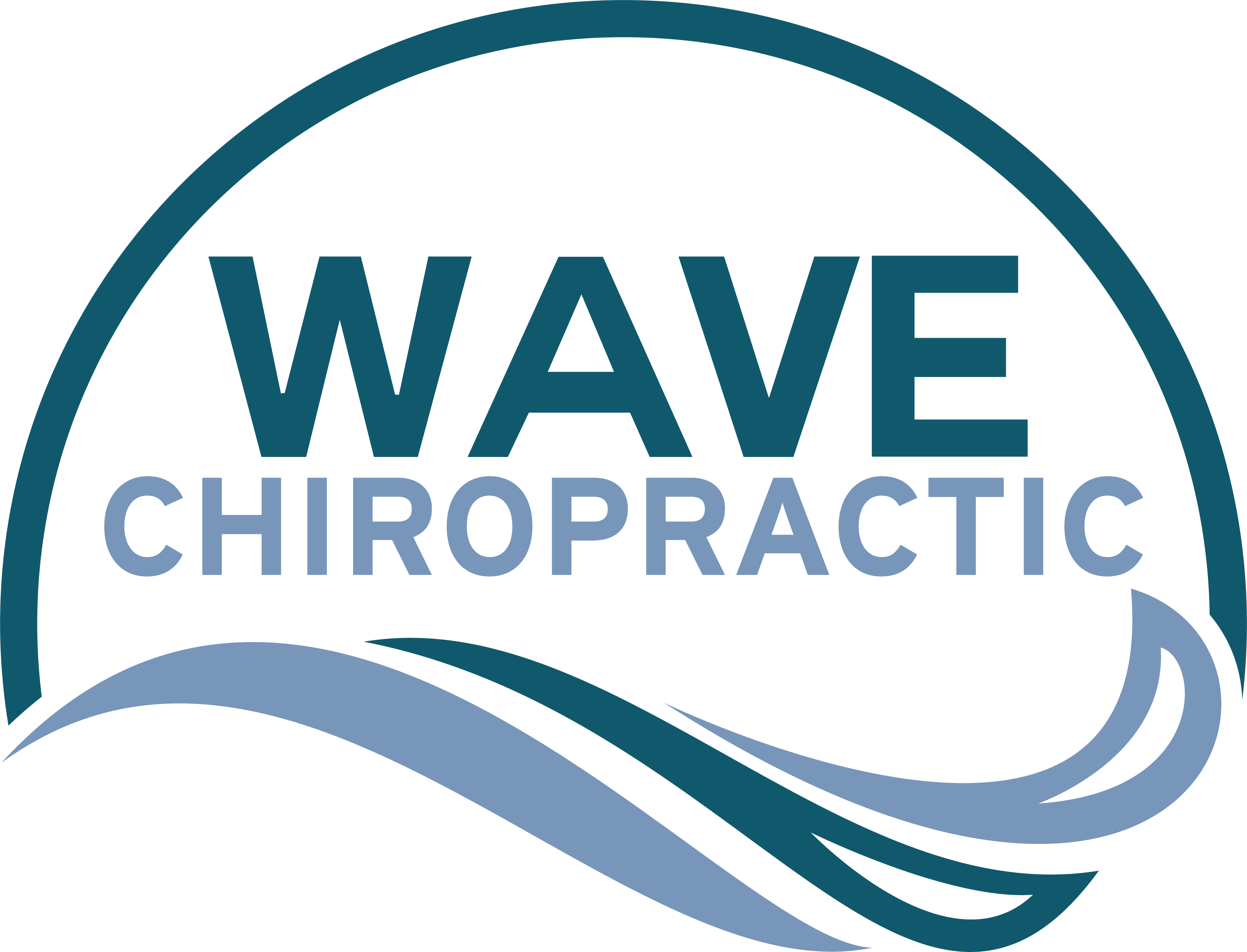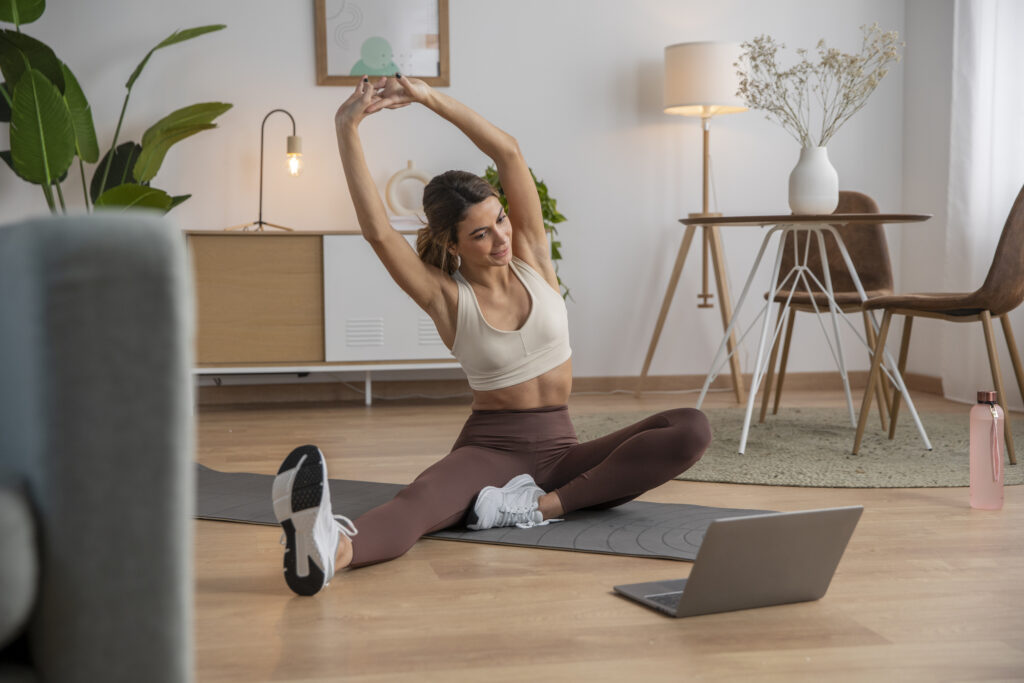If you spend long hours at a desk, you know how quickly discomfort can creep in. You might think that adjusting your chair or monitor isn't a big deal, but these small changes can make a significant difference in your daily comfort and productivity. By focusing on your posture, you can tackle the common struggles of desk work head-on. What you might not realize is that there's more to effective posture than just sitting up straight—there's a whole range of techniques and exercises that can further enhance your workspace.
Understanding Posture Importance
Good posture isn't just about standing tall; it's essential for your overall health, especially when you spend long hours at a desk. When you slouch or hunch over, you're not just affecting how you look; you're impacting your body's function. Poor posture can lead to muscle strain, back pain, and even headaches.
Think about how your body feels after a long day of sitting. You might experience discomfort or fatigue, which can hinder your productivity and focus.
Maintaining good posture helps align your spine, reducing the chances of developing chronic pain. It also improves your breathing and circulation, allowing you to feel more energized throughout the day. When you sit up straight, your muscles work more efficiently, and you'll find it easier to concentrate on your tasks. You might even notice that better posture boosts your mood and confidence.
You don't have to overhaul your entire routine to improve your posture. Start by being mindful of how you sit. Keep your back against the chair, your feet flat on the floor, and your shoulders relaxed. If you catch yourself slumping, adjust your position.
Remember, small changes can make a big difference. Understanding the importance of posture is the first step in combating the negative effects of a sedentary lifestyle. By prioritizing your posture, you're investing in your health, comfort, and overall well-being.
Ergonomic Workspace Setup
Creating an ergonomic workspace is a vital step in maintaining good posture and overall health while working at a desk. Start by adjusting your chair. It should support your lower back and allow your feet to rest flat on the floor or on a footrest. Your knees should be at a 90-degree angle, keeping your thighs parallel to the ground.
Next, position your desk and monitor correctly. Your monitor should be at eye level, about an arm's length away, to reduce neck strain. If you can't adjust the monitor height, consider using a stand or stack books to bring it up to the right level. Your screen should also tilt slightly back to reduce glare.
Your keyboard and mouse placement matters, too. Keep them close enough that you can use them without reaching, ideally at the same height as your elbows. This helps maintain a relaxed arm position and minimizes strain on your wrists.
Lighting is another essential factor. Make sure your workspace is well-lit to avoid eye strain. Natural light is ideal, but if that's not possible, use task lighting to brighten your area without creating glare on your screen.
Lastly, don't forget about organization. Keep frequently used items within easy reach to minimize unnecessary movements. An organized workspace helps you stay focused and reduces the risk of awkward positions that can lead to discomfort.
Correct Sitting Techniques
Proper sitting techniques are essential for preventing discomfort and maintaining good posture during long hours at your desk. To start, make sure your chair supports your lower back. Adjust the chair height so your feet rest flat on the floor or on a footrest, with your knees at a 90-degree angle. This position helps distribute your weight evenly and reduces strain on your legs and lower back.
Next, align your back against the chair's backrest. Keep your shoulders relaxed and avoid hunching or leaning forward. Your elbows should bend at about 90 degrees, resting comfortably on the armrests or desk. When typing, position your keyboard at a height where your wrists remain straight and your hands float above the keys.
Your monitor should be at eye level, about an arm's length away. This setup prevents you from craning your neck or straining your eyes. If you wear glasses, make sure you adjust the screen for ideal viewing comfort.
Lastly, keep your workstation organized. Place frequently used items within easy reach to avoid awkward stretching. By maintaining a clean and clutter-free workspace, you can minimize distractions and focus on proper posture.
Incorporating these techniques into your daily routine will help you sit correctly at your desk. This proactive approach not only reduces the risk of discomfort but also promotes better overall health in the long run.
Stretching and Movement Breaks
Taking regular stretching and movement breaks is essential for counteracting the effects of prolonged sitting at your desk. When you spend hours in front of a screen, your muscles can become tight, leading to discomfort and potential injury. Incorporating short breaks into your routine can greatly improve your overall well-being and productivity.
Set a timer to remind yourself to stand up and move around every hour. Use this time to stretch, walk, or even do a quick exercise. Here are some easy ideas for your breaks:
- Neck Rolls: Gently roll your head to relieve tension in your neck.
- Shoulder Shrugs: Lift your shoulders toward your ears and then release them, helping to ease upper body stiffness.
- Wrist Stretches: Extend your arms and stretch your wrists to combat the strain from typing.
- Standing Calf Raises: Stand up and lift your heels off the ground, strengthening your calves and improving circulation.
- Mini Walks: Take a short walk around your office or home for a quick boost of energy.
These simple movements can make a big difference. Not only do they help reduce the risk of musculoskeletal problems, but they also enhance your focus and creativity.
Strengthening Exercises for Posture
To maintain good posture, incorporating strengthening exercises into your routine is essential. These exercises target the muscles that support your spine and help you stay upright, countering the effects of long hours at a desk.
Start with planks. They engage your core, shoulders, and back, providing stability. Aim for three sets of 30 seconds, gradually increasing the duration as you get stronger.
Next, try wall angels. Stand with your back against a wall, arms raised at a 90-degree angle. Slide your arms up and down while keeping your elbows and wrists in contact with the wall. This exercise helps open your chest and strengthen your upper back.
Don't forget about bridges. Lie on your back with your knees bent and feet flat on the floor. Lift your hips towards the ceiling, squeezing your glutes at the top. This movement strengthens your lower back and glutes, both vital for good posture. Aim for three sets of 10-15 reps.
Incorporate rows using resistance bands or dumbbells. Stand with feet shoulder-width apart, hinge at your hips, and pull the weights towards your torso. This exercise strengthens your upper back and counteracts the forward hunch that often comes from desk work.
Finally, consider incorporating yoga into your routine. Poses like the Cobra or Cat-Cow not only stretch but also strengthen your back.
Conclusion
By implementing these simple posture fixes, you can transform your desk job experience. Remember to adjust your workspace for ideal ergonomics, practice correct sitting techniques, and take regular movement breaks. Incorporating stretches and strengthening exercises will further enhance your posture and overall well-being. Don't underestimate the power of these adjustments; they can greatly improve your comfort and focus throughout the day. So, take the time to prioritize your posture and feel the difference!

